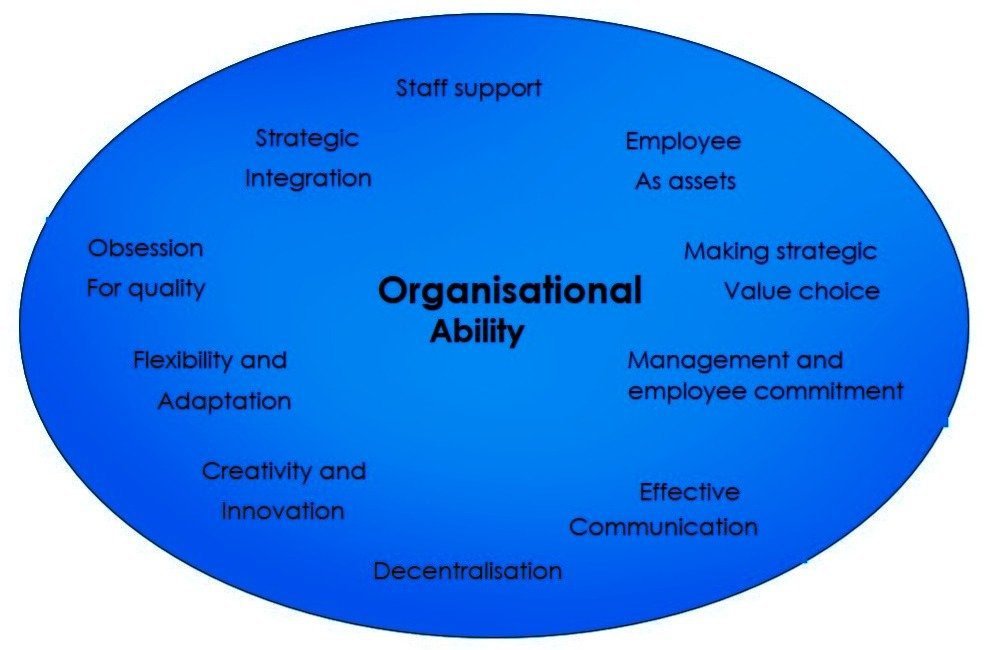Learn and Study, What is the Importance of Directing Functions?
Directing is said to be a process in which the managers instruct, guide and oversee the performance of the workers to achieve predetermined goals. Importance of Directing Functions with studying Definition of Directing! Directing is said to be the heart of management process. Planning, organizing, staffing have got no importance if direction function does not take place. Directing initiates action and it is from here actual work starts. The direction is said to be consisting of human factors. Also learned, Principles of Directing, What is the Importance of Directing Functions?
In simple words, it can be described as providing guidance to workers is doing work. In the field of management, the direction is said to be all those activities which are designed to encourage the subordinates to work effectively and efficiently. According to Human, “Directing consists of process or technique by which instruction can be issued and operations can be carried out as originally planned” Therefore, Directing is the function of guiding, inspiring, overseeing and instructing people towards the accomplishment of organizational goals.
Directing means giving instructions, guiding, counseling, motivating and leading the staff in an organization in doing work to achieve Organisational goals. Directing is a key managerial function to be performed by the manager along with planning, organizing, staffing and controlling. From top executive to supervisor performs the function of directing and it takes place accordingly wherever superior-subordinate relations exist. Directing is a continuous process initiated at the top level and flows to the bottom through organizational hierarchy.
It is that part of the managerial function which actuates the organizational methods to work efficiently for the achievement of organizational purposes. It is considered life-spark of the enterprise which sets it in motion the action of people because planning, organizing, and staffing are the mere preparations for doing the work. The direction is that inert-personnel aspect of management which deals directly with influencing, guiding, supervising, motivating subordinate for the achievement of organizational goals.
Definitions:
“Directing concerns the total manner in which a manager influences the action of subordinates. It is the final action of manager in getting others to act after all preparations have been completed.” Massie
“Directing is the interpersonal aspect of managing by which subordinates are led to understand and contribute effectively and efficiently to the attainment of enterprise’s objectives.” Koontz and O’Donnel
“Directing is the guidance, the inspiration, the leadership of those men and women that constitute the real core of the responsibilities of management.”
Urwick and Breach “Telling people what to do and seeing that they do it to the best of their ability. It includes making the assignment, explaining procedures, seeing that mistakes are corrected, providing on the job instruction, and of course, issuing order.” Earnest Dale
“The heart of administration is the directing function which involves determining the course, giving order and instructions, providing the dynamic leadership.”
Marshall E. Dimock “Directing consists of the process and techniques utilizing in issuing instructions and making certain that operations are carried out as originally planned.”
Haimann remarks from the above definitions, we can conclude that the directing function of management is the heart of management process as it is concerned with initiating action. It consists of all those activities which are concerned with influencing, guiding or supervising the subordinates in their job.
The direction has following elements:
• Supervision
• Motivation
• Leadership
• Communication
(i) Supervision– implies overseeing the work of subordinates by their superiors. It is the act of watching & directing work & workers.
(ii) Motivation– means inspiring, stimulating or encouraging the subordinates with zeal to work. Positive, negative, monetary, non-monetary incentives may be used for this purpose.
(iii) Leadership– may be defined as a process by which manager guides and influences the work of subordinates in the desired direction.
(iv) Communications– is the process of passing information, experience, opinion etc from one person to another. It is a bridge of understanding.
Importance of Directing Function:
Directing or Direction function is said to be the heart of management process and therefore, is the central point around which accomplishment of goals take place. A few philosophers call Direction as “Life spark of an enterprise”. It is also called as on actuating the function of management because it is through direction that the operation of an enterprise actually starts. Being the central character of enterprise, it provides many benefits to a concern which are as follows:-
- It Initiates Actions – Directions is the function which is the starting point of the work performance of subordinates. It is from this function the action takes place, subordinates understand their jobs and do according to the instructions laid. Whatever are plans laid, can be implemented only once the actual work starts? It is there that direction becomes beneficial.
- It Ingrates Efforts – Through direction, the superiors are able to guide, inspire and instruct the subordinates to work. For this, efforts of every individual towards the accomplishment of goals are required. It is through direction the efforts of every department can be related and integrated with others. This can be done through persuasive leadership and effective communication. Integration of efforts brings effectiveness and stability in a concern.
- Means of Motivation – Direction function helps in achievement of goals. A manager makes use of the element of motivation here to improve the performances of subordinates. This can be done by providing incentives or compensation, whether monetary or non – monetary, which serves as a “Morale booster” to the subordinates Motivation is also helpful for the subordinates to give the best of their abilities which ultimately helps in growth.
- It Provides Stability – Stability and balance in concern become very important for long-term sun survival in the market. This can be brought upon by the managers with the help of four tools or elements of direction function – judicious blend of persuasive leadership, effective communication, strict supervision and efficient motivation. Stability is very important since that is an index of growth of an enterprise. Therefore a manager can use all the four traits in him so that performance standards can be maintained.
- Coping up with the changes – It is a human behavior that human beings show resistance to change. Adaptability to changing environment helps in sustaining planned growth and becoming a market leader. It is directing function which is of use to meet with changes in the environment, both internal as external. Effective communication helps in coming up with the changes. It is the role of manager here to communicate the nature and contents of changes very clearly to the subordinates. This helps in clarifications, easy adaptions and smooth running of an enterprise. For example, if a concern shifts from handlooms to power looms, an important change in technique of production takes place. The resulting factors are less of manpower and more of machinery. This can be resisted by the subordinates. The manager here can explain that the change was for the benefit of the subordinates. Through more mechanization, production increases and thereby the profits. Indirectly, the subordinates are benefited out of that in form of higher remuneration.
- Efficient Utilization of Resources – Direction finance helps in clarifying the role of every subordinate towards his work. The resources can be utilized properly only when less of wastages, duplication of efforts, overlapping of performances, etc. doesn’t take place. Through direction, the role of subordinates become clear as manager makes use of his supervisory, the guidance, the instructions and motivation skill to inspire the subordinates. This helps in the maximum possible utilization of resources of men, machine, materials and money which helps in reducing costs and increasing profits.
From the above discussion, one can justify that direction, surely, is the heart of management process. Heart plays an important role in a human body as it serves the function of pumping blood to all parts of the body which makes the parts function. In a similar manner, direction helps the subordinates to perform in best of their abilities and that too in a healthy environment. The manager makes use of the four elements of direction here so that work can be accomplished in a proper and right manner. According to Earnest Dale, “Directing is what has to be done and in what manner through dictating the procedures and policies for accomplishing performance standards”. Therefore, it is rightly said that direction is the essence of the management process.




















